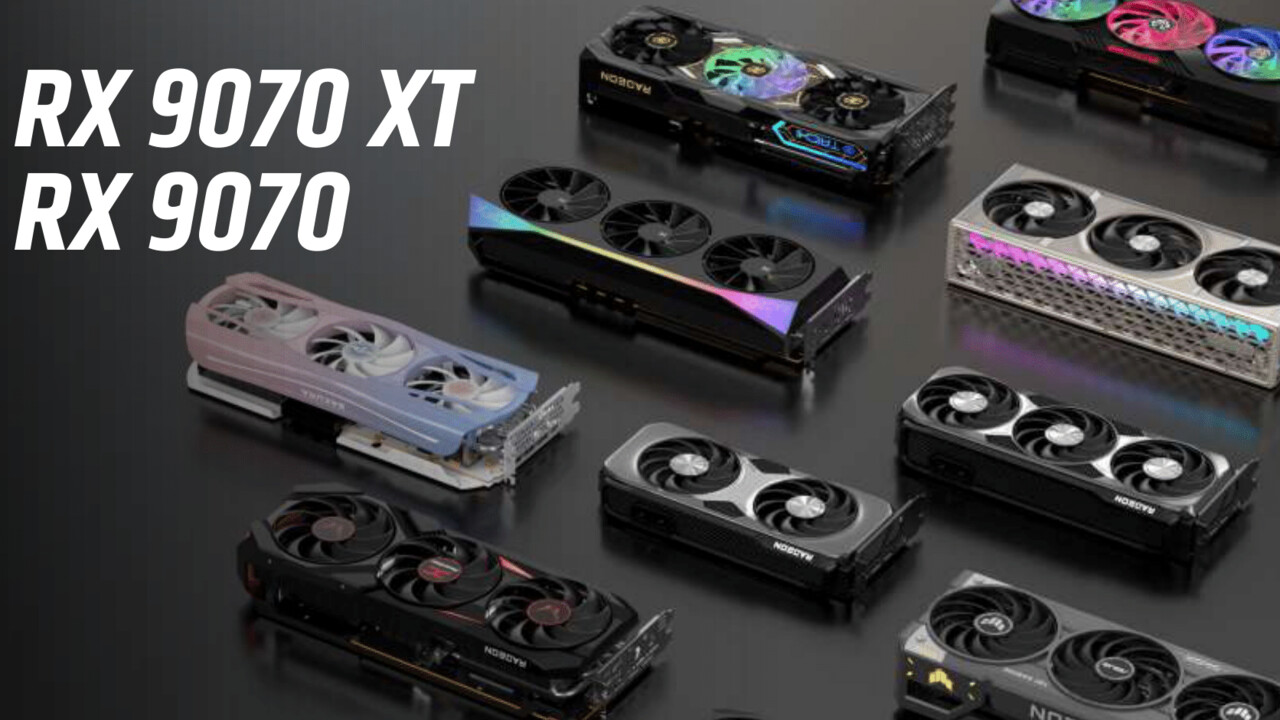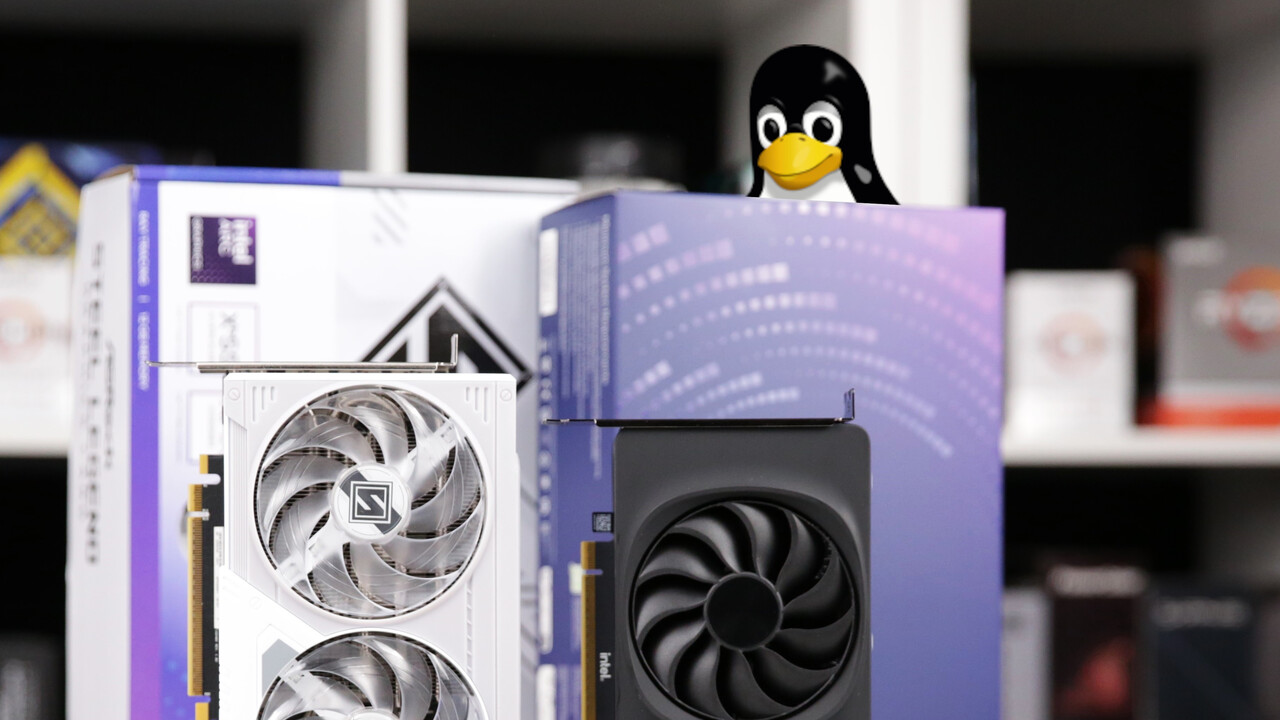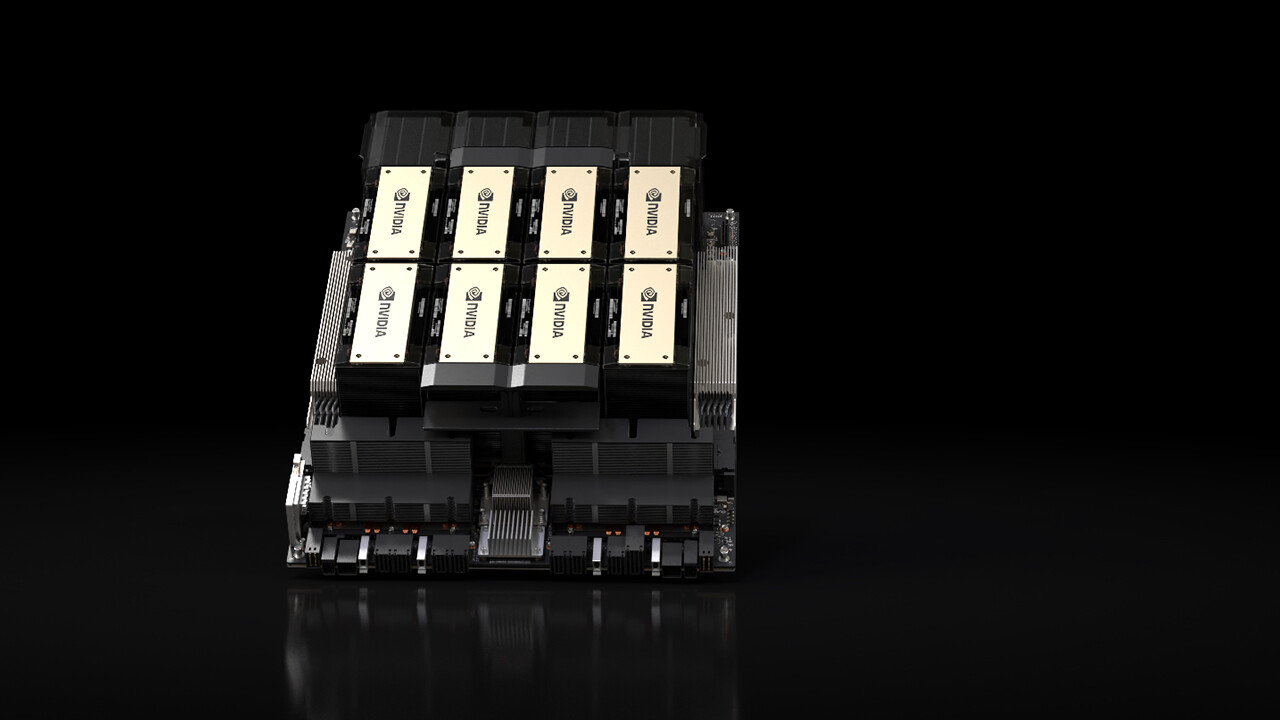Radeon RX 9070 (XT) and RX 9060: These custom designs are already known 18 comments

Image: AMD
Not surprisingly, AMD refrained from announcing new RDNA 4-based graphics cards during its keynote on Monday evening. Only a few slides distributed in advance to the press confirmed their existence. Unimpressed by this, some partners have already presented their first personalized creations.
Table of contents These custom designs are already known Asus: TUF and Prime series ASRock: Taichi, Challenger and Steel Legend Gigabyte: Aorus and Gaming PowerColor: Red Devil, Hellhound & Reaper Sapphire: So far only the Pure has appeared XFX: Merc in Black and Swft spotted in white There is no trace of Acer and the RX 9060 Radeon RX 9000: Many questions still remain unanswered
Asus: TUF and Prime series
Asus was the first board partner to officially introduce its custom designs in the form of the Asus TUF Gaming Radeon RX 9070 (XT) and Asus Prime Radeon RX 9070 (XT). Both series have a 3-fan design, including a fan, but the TUF Gaming makes the overall package slightly more valuable.
The cards each have three conventional 8-pin PCIe connectors for power. As usual from Asus, there is an additional OC model for each board, so a total of four SKUs will be released.
ASRock: Taichi, Challenger and Legend of Steel
ASRock presents graphics cards from the famous Taichi, Challenger and Steel Series at the show. The Taichi series is likely reserved for the high-end RX 9070 XT model and is the first gaming graphics card with a Radeon GPU to feature a 12V 2×6 connection for power. The triple-slot graphics card has three fans, of which the middle one is RGB lit, and the Taichi logo on the side also has colorful LEDs. The lighting can also be turned off using a hardware switch and the graphics card also has dual BIOS.
The ASRock Steel Legend was presented both as the RX 9070 XT and in the non-XT version the three-slot cooler used is apparently identical. The white-gray graphics card has three illuminated fans whose LEDs can be turned off again using a switch. Unlike the Taichi, the Steel Legend does not use dual BIOS. The card is powered via two 8-pin PCIe connectors.
The ASRock Challenger is once again a graphics card with a triple-fan design, but unlike Taichi and Steel Legend, it only takes up a little more than two slots. Here too, two 8-pin PCIe connectors are used for power. Lighting is only available as a thin RGB strip on the side; again, it is possible to deactivate it using a switch.
Gigabyte: Aorus and Gaming
Gigabyte presents a very manageable portfolio of just three RDNA 4-based graphics cards. The Radeon RX 9070 and RX 9070 XT will each find their way to market as a Gigabyte Gaming OC variant and share the simple cooler design with three fans, with The cooler of the RX 9070 XT is slightly larger than that of the RX 9070. The cards feature dual BIOS (Performance/Silent).
Exclusive to the RX 9070 XT, there will also be a visually improved Aorus Elite, which apparently has an even larger heatsink and the fans are illuminated. In both Gigabyte series, the Radeon RX 9070 XT has three 8-pin PCIe connectors for power; in the RX 9070, their number is reduced to two.
PowerColor: Red Devil, Hellhound and Reaper
As usual, AMD’s exclusive partner PowerColor presents the Red Devil as a top model, which tries to impress with its large, aggressive-looking cooler and RGB lighting. As usual, just below the upper middle class is the Hellhound, which this time is visually much closer to the Red Devil than before.
The Reaper series, however, is completely new and is not yet part of the Taiwanese manufacturer‘s portfolio. The editorial team currently assumes that the Reaper will replace the previous entry-level class in the form of the Fighter series.
So far, PowerColor has only officially shown the new graphics cards in teaser images, but KitGuru was able to see all three series and publish photos of the cards at CES 2025.
Sapphire: so far only the Pure has appeared
Sapphire is undoubtedly one of the most popular Radeon graphics card partners, but so far it has officially kept a low profile when it comes to the next generation. On the marketing film distributed in advance to the press by AMD (see cover image of this article), we can see a large silver graphics card with an LED bar, which is most likely the Sapphire Nitro+ RX 9070 XT.
At the show, Sapphire is represented with at least one card on the AMD stand, photographed by Wccftech. This is the Sapphire Pure RX 9070 XT white. The manufacturer has given the card a very large three-slot cooler with three fans. The model on display is expected to have two 8-pin PCIe connectors for power, although the recess in the backplate theoretically allows for a third as well.
In addition to the Sapphire Pure and Sapphire Nitro+, graphics cards from the Pulse series are also expected, which usually have a simple black and red design, without any lighting.
XFX: Merc spotted in black and Swft in white
XFX, as a partner that exclusively produces Radeon graphics cards, has not yet appeared at this CES. However, Wccftech spotted two new graphics cards at AMD’s booth.
The first of these is the XFX Merc RGB RX 9070 XT Black Edition. The card comes in a massive three-slot design with 3 fans. The design is already known thanks to AMD’s marketing film (see cover image of this article), the cut corners and the strip that connects them have RGB lighting. Three 8-pin PCIe connectors are visible in the photos.
The second graphics card from XFX, presented by AMD, is the XFX Swft RX 9070. The white card comes in a simple white dress, the cooler measures around 2.5 slots and there is apparently no RGB lighting. The Swft RX 9070 uses two 8-pin PCIe connectors for power, which isn’t surprising given the GPU’s smaller configuration.
Other possible series of XFX suitable for RX 9000 graphics cards are Qick and Qicksilver.
There is no trace of Acer and the RX 9060
In addition to various expected, but not yet seen, series from the mentioned board partners, there is still no trace of Acer. There will likely be cards from the Predator or Nitro series from this manufacturer.
It is also worth noting that the smaller Radeon RX 9060 has not yet appeared at any of the board partners, although it will probably only see the light of day after the Radeon RX 9070 and RX 9070 XT. This preview will gradually be expanded as new custom graphics cards based on RDNA 4 are announced.
Radeon RX 9000: Many questions still remain unanswered
Overall, there is still a big question mark hanging over the next generation of Radeon. AMD has yet to comment on GPU specifications, and the chipmaker has yet to provide a performance benchmark. Current leaks put the Radeon RX 9070 XT on par with the previous generation’s top-of-the-line model, the Radeon RX 7900
There is also no reliable information from AMD about the market launch, so the rumor will have to sort out here too. The release date is currently set for January 24, although independent testing could take place two days earlier.
The editorial team would like to thank community member ruthi91 for pointing out some of the custom graphics cards featured here!
Topics: AMD Graphics Cards CES 2025 Radeon RDNA 4 RX 9070 RX 9070 XT

An engineer by training, Alexandre shares his knowledge on GPU performance for gaming and creation.


